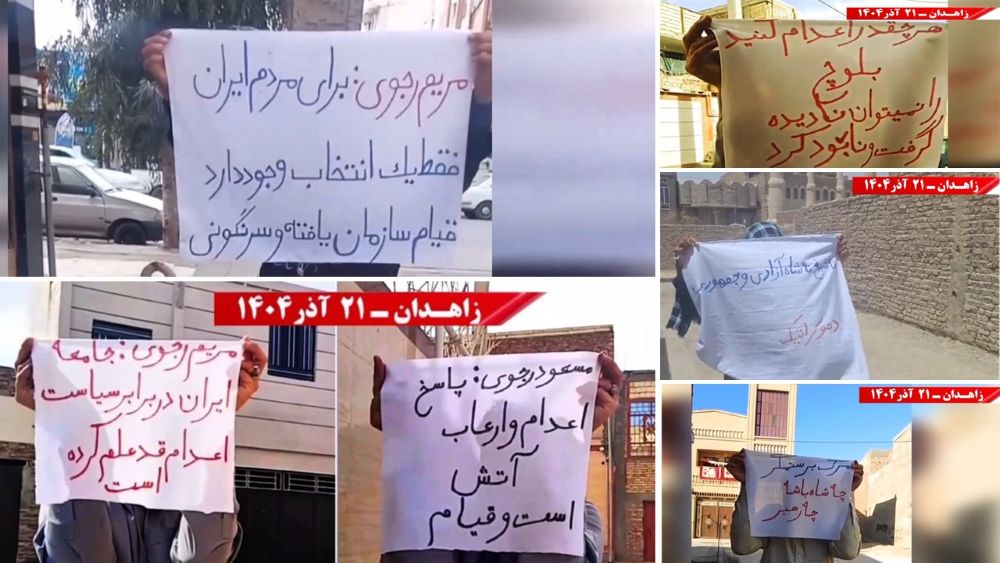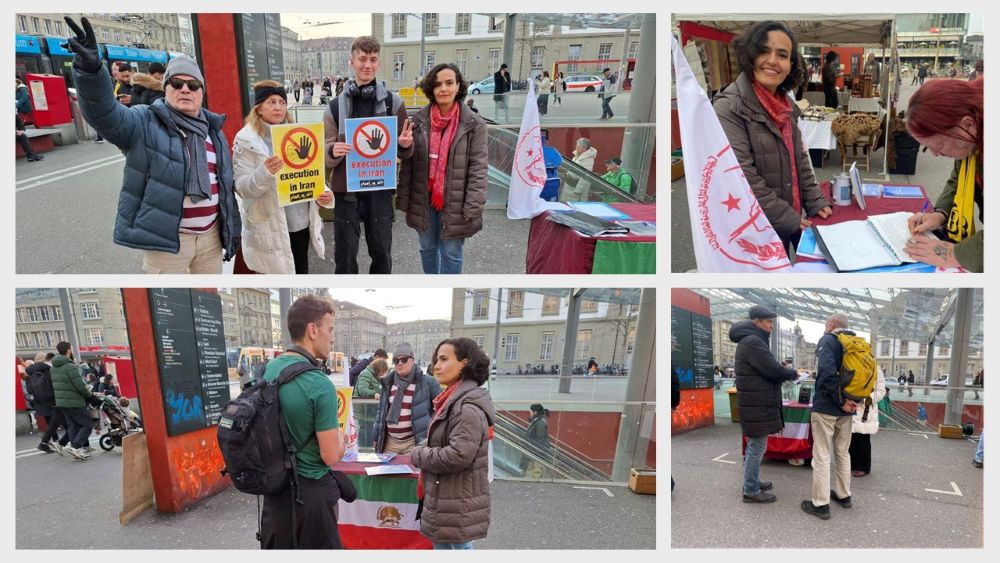
Despite the Iranian regime’s desperate need for international attention, it was announced on Monday that the regime’s President Ebrahim Raisi will not be in attendance at the United Nations Climate Change Conference (COP26) in Scotland next month, following calls for his arrest. This comes after Raisi made the decision to send a pre-recorded message to the UN General Assembly last month, rather than make the trip to the United States.
The calls for his arrest boil down to his involvement in the 1988 massacre in Iran, which saw the executions of over 30,000 political prisoners. In recent years, Raisi was blacklisted by the United States for his serial human rights abuses.
Mohammad Mohaddessin, the Chair of the Foreign Affairs Committee for the National Council of Resistance of Iran (NCRI) said, “Amnesty International declared that Raisi should be prosecuted for crimes against humanity, a call echoed by the UN investigator on human rights in Iran, as well as seven top UN rights experts.”
The question remains as to why the regime’s Supreme Leader Ali Khamenei chose to install Raisi as the regime’s newest president. There seems to be a number of reasons for his decision, as well as the recruitment of ministers for Raisi’s administration, who are known terrorists, murderers and thieves swimming in corruption. It seems that either way, Raisi’s instalment as president was a calculated decision by Khamenei to intimidate the Iranian people.
The first reason is Iran’s socio-economic crises, which have reached their worst level in the past few decades. The government have no solutions in order to resolve the problems that Iranians are facing. Inflation rates are skyrocketing and the levels of poverty are at an all-time high.
The second reason is that because of the state of the crises, protests in Iran are becoming more frequent and widespread with continuous calls for regime change.
Mohaddessin said, “Outrage over rapidly declining living standards invariably morphs into the predominant political demand: Down with the Dictatorship. Today’s Iran is rife with the burning popular desire for change, democratic regime change.”
The third reason is the rapid rise of Resistance units fighting for the rights of the Iranian people. The regime’s main opposition, the People’s Mojahedin Organization of Iran (PMOI/MEK) are the ones organizing the Resistance units. The MEK have long been targeted by the regime for their alternative views on Islam and their plans for a future Iran. The young generation of Iran have seen through the regime’s propaganda and are supporting the MEK all the way to overthrow the regime and create a better future for Iran.
During the Covid-19 pandemic over the past few years, Khamenei used this as a strategy to keep the Iranian people suppressed to diminish opportunities for protests to turn into major uprisings. Thousands of innocent people have lost their lives to the virus at the hands of the regime’s supreme leader. Khamenei’s plan has failed to have the effect he so desired, as more and more people are taking to the streets and joining the Resistance units to push the fight towards overthrowing the regime.
Mohaddessin said, “With more uprisings looming on the horizon, and Resistance Units coalescing the Iranian people’s resources around the popular rallying cry for the regime’s overthrow, the crumbling theocracy is growing more desperate, scared, and miserable than ever before. Which is why the prospect of a secular, democratic, and non-nuclear Iran is shining brighter than ever before.”



